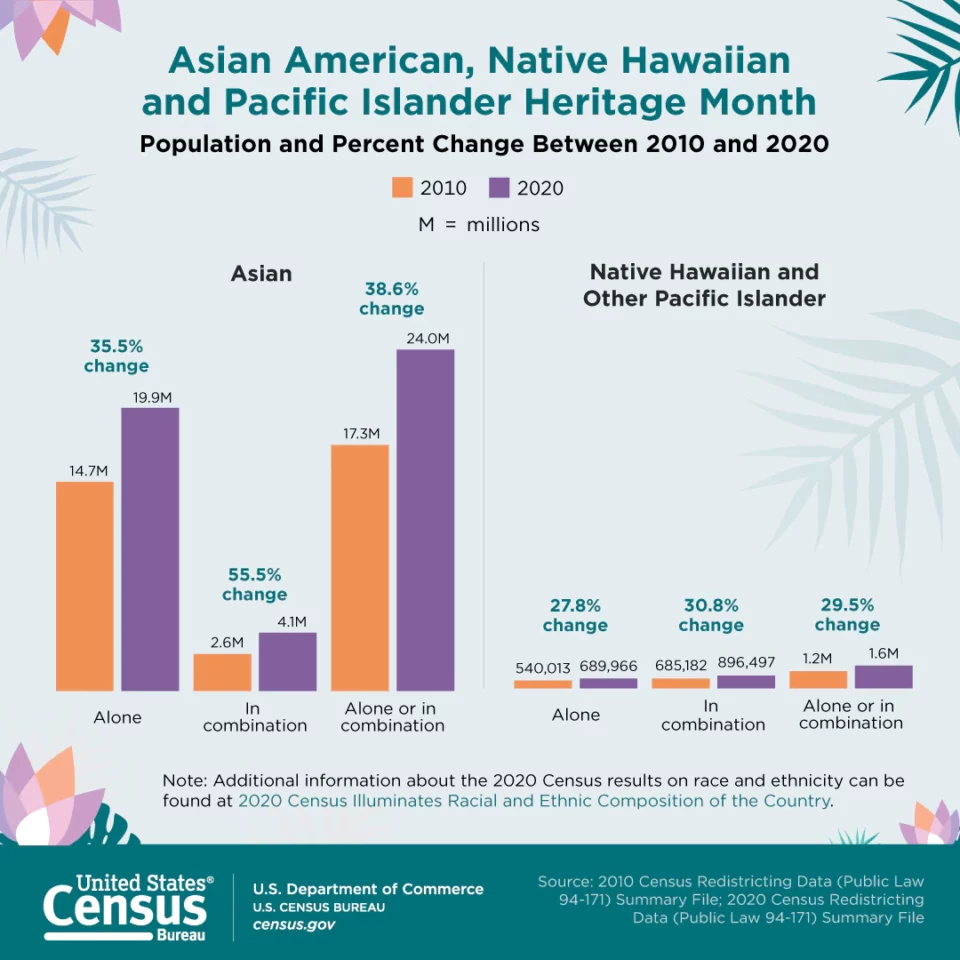
Find financial advisors specializing in serving Asian Americans who are ready to help with your financial planning needs so you can enjoy life more with less money stress.
As an Asian American, you may be thinking about hiring a financial advisor who understands your heritage, family priorities, and unique financial planning needs. Fortunately, an increasing number of financial advisors specialize in serving Asian American clients.
Before hiring a financial advisor, it’s important to first consider your own financial planning priorities. In this guide, we’ll share a few quick tips to help you get started in your search and introduce you to financial advisors featured on Wealthtender you may want to add to your shortlist.
Table of contents
Smart Tips for Finding a Financial Advisor for Asian Americans
Before hiring a financial advisor, here are a few quick tips to help you find the best advisor for you.
1. Decide Which Services You Need
Before hiring an advisor, determine what services you need from them. Whether it’s full-service investment management or a plan focused on a specific area of your finances, put together a list of what you’d like help with before contacting an advisor.
Though most people use a financial planner simply to invest for retirement, this is only a small part of what many advisors offer. Here’s a quick rundown of potential services a financial advisor may offer you:
- Budgeting and money management
- Debt management
- Insurance planning
- Retirement planning
- Other investment planning
- Inheritance planning
- Estate planning
- Tax planning
As you can see, financial advisors can help you with your entire financial picture, not just investing. As you start to plan for life’s bigger milestones, you should consider finding a financial advisor that specializes in those areas.
Finding the right advisor can help you minimize risk, maximize gains and take advantage of tax breaks while investing for your future. They can also help you protect your assets with the right kinds of insurance and help you pass on your financial legacy with a proper estate plan.
2. Consider Your Budget and Payment Preferences
Once you have a list of services you would like, review the fee structures financial advisors offer. Finding a balance between the services you need and the cost of those services will help narrow down the field of advisors you may want to work with.
If you are looking for a full-service advisor to manage all of your investments, consider searching among fee-based financial advisors. If you want to manage your money yourself, consider the flat fee and monthly subscription advisors for ongoing support.
3. Interview Multiple Financial Advisors
Once you have chosen the services and fee structure you prefer, it’s time to contact a few advisors and interview them. Here are questions to ask financial advisors:
- What services do you provide?
- What are all the ways you get paid? (fee transparency)
- What is your investment strategy?
- How do you measure investment performance?
- How do we communicate about my plan?
Interview multiple advisors to get a feel for who you want to work with. A combination of fees, services, and customer service will help you determine the best fit for your financial advice.
4. Review Financial Advisor Credentials
Once you find an advisor (or two) you feel comfortable with, it’s always a good practice to check their credentials and the firm’s details. You can do this at the Investment Adviser Public Disclosure (IAPD) website.
You can check both the individual and the firm to view their background and experience details, as well as any disciplinary action taken against them or their firm.
As licensed financial professionals, there is oversight into how financial advisors conduct business, so running a quick (free) check on them is recommended.
For additional information about advisor credentials, read our article to learn the most popular designations held by financial advisors, as well as specialized credentials which may be important to consider if you have unique financial planning needs.
Get to Know Financial Advisors for Asian Americans
📍 Click on a pin in the map view below for a preview of financial advisors who can help you reach your money goals with a personalized plan. Or choose the grid view to search our directory of financial advisors with additional filtering options.
📍Double-click or pinch pins to view more.
Quick Facts About Asian Americans
The following facts are possible thanks to U.S. Census Bureau surveys and the U.S. Department of Health and Human Services Office of Minority Health.
- 22.9 million: The estimated number of Asian alone-or-in-combination residents in the United States in 2019.
- 5.2 million: The estimated number of the Asian population of Chinese, except Taiwanese, descent in the United States in 2019. The Chinese (except Taiwanese) population was the largest Asian group, followed by Asian Indian (4.6 million), Filipino (4.2 million), Vietnamese (2.2 million), Korean (1.9 million) and Japanese (1.5 million). These estimates represent the number of people who reported a specific detailed Asian group alone, as well as people who reported that detailed Asian group in combination with one or more other detailed Asian groups or another race(s).
- 2.5%: The percentage of Asians alone or in combination who are military veterans in 2019.
- 54.6%: The percentage of the Asian alone-or-in-combination population age 25 and older who had a bachelor’s degree or higher level of education in 2019.
- 577,835: The estimated number of Asian-owned employer firms in the United States in 2018.
The Top 10 States with the Largest Asian American Population
- California
- New York
- Hawaii
- Texas
- New Jersey
- Illinois
- Washington
- Florida
- Virginia
- Massachusetts
Profile of Asian Americans
Overview (Demographics): This racial group is defined as people having origins in any of the original peoples of the East Asia, Southeast Asia, or the Indian subcontinent. According to the 2019 Census Bureau population estimate, there are 18.9 million Asian Americans, alone, living in the United States. Asian Americans account for 5.7 percent of the nation’s population. In 2019, the following states had the largest Asian American populations: California, New York, Texas, New Jersey, Illinois, Washington, Florida, Virginia, Hawaii, Massachusetts.
Language Fluency: The percentage of persons 5 years or older who “do not speak English very well” varies among Asian American groups: 48.2 percent of Vietnamese, 42.0 percent of Chinese, 19.8 percent of Filipinos and 17.7 percent of Asian Indians are not fluent in English. Overall, 30.9 percent of Asian Americans are not fluent in English. In 2019, 73.5 percent of Asian Americans spoke a language other than English at home.
Educational Attainment: According to 2019 U.S. Census data, roughly 87.8 percent of all Asians in the United States 25 and older had at least a high school diploma, as compared to 93.3 percent of non-Hispanic whites. However, 55.6 percent of Asian Americans in comparison to 36.9 percent of the total non-Hispanic white population had earned at least a bachelor’s degree. Among Asian subgroups, Taiwanese had the highest percentage of bachelor’s degree or higher attainment at 78.8 percent. 24.7 percent of Asians held a graduate or professional degree, as compared to 14.3 percent of non-Hispanic whites.
Economics: According to 2019 Census data, the median household income of Asian Americans was $93,759, as compared to $71,664for non-Hispanic whites. Yet 9.6 percent of Asian Americans as compared to 9.0 percent of non-Hispanic whites, live at the poverty level. Economic status varies widely among Asian populations in the United States in 2019, with the poverty rate for Filipinos at 5.8 percent, as compared to 14.0 percent for Hmong. Regarding employment, 54.6 percent of Asian Americans were employed in management, professional and related occupations, compared with 44.8 percent of the non-Hispanic white population. In addition, the proportions employed in managerial sectors varied from 7.7 percent for Hmong to 26.8 percent for Asian Indians. In 2019, the overall unemployment rate for Asians was 3.5 percent, as compared to 3.7 percent for non-Hispanic whites.
Insurance Coverage: In 2019, insurance coverage among Asian American subgroups varied. Private insurance coverage rates: 65.7 percent for Cambodian, 78.8 percent for Filipino, 73.3 percent for Chinese, 62.0 percent for Hmong. Medicaid or public health insurance coverage rates: 31.8 percent for Vietnamese, 26.2 percent for Filipino, 27.0 percent for Chinese, 35.9 percent for Hmong, and 25.6 percent for all Asian groups. Asian subgroups also varied in uninsured status: 9.6 percent for Thai, 8.3 percent for Vietnamese, 7.3 percent for Hmong. In 2019, the overall private insurance coverage for both Asian Americans and non-Hispanic whites was 74.7 percent. 6.6 percent of Asian Americans were uninsured, as compared to 6.3 percent non-Hispanic white Americans.
Health: According to Census Bureau projections, the 2020 life expectancies at birth for Asian Americans are 80.7 years, with 82.7 years for women, and 78.4 years for men. For non-Hispanic whites the projected life expectancies are 80.6 years, with 82.7 years for women, and 78.4 years for men. Asian Americans contend with numerous factors which may threaten their health. Some negative factors are infrequent medical visits, language and cultural barriers, and lack of health insurance. Asian Americans are most at risk for the following health conditions: cancer, heart disease, stroke, unintentional injuries (accidents), and diabetes. Asian Americans also have a high prevalence of the following conditions and risk factors: chronic obstructive pulmonary disease, hepatitis B, HIV/AIDS, smoking, tuberculosis, and liver disease.

🙋♀️ Have Questions About Financial Planning for Asian Americans?
How Much Does a Financial Advisor Cost?
➡️ How Much Does a Financial Advisor Cost? Read the Article
Frequently Asked Questions & Additional Resources
How do I know if I’m ready to hire a financial advisor?
You should strongly consider hiring a financial advisor if you have a significant amount of money available for saving or investing. This could occur after years of making annual contributions to a retirement plan like a 401(k) through your employer or suddenly if you receive a large inheritance or sell your house for a large profit.
But even if you don’t have a lot of money saved, many financial advisors and planners provide reasonable pricing options and valuable services you should consider, especially if you’re facing a significant life event. For example, if you’re starting a new job, getting married, starting a family, getting divorced, lost your job, starting or selling a business, or approaching retirement age, working with a trusted financial advisor or planner may prove worthwhile.
Before I hire a new financial advisor, should I fire my current advisor?
You don’t need to fire your current advisor before beginning your search for a new financial advisor. In fact, your new advisor can help coordinate the transition of your assets from your previous financial advisor.
Where can I read reviews about financial advisors written by their clients to help me decide if I should hire them?
After 60 years of regulatory prohibition of financial advisor reviews in the US, a rule issued by the Securities and Exchange Commission (SEC) became effective on May 4, 2021 that means both financial advisors and directory websites that help consumers search for a financial advisor can collect and display financial advisor reviews, an important factor worth considering when choosing who you’ll hire to manage your investments and life savings.
Wealthtender is the first independent advisor review platform designed to be fully compliant with the new SEC rule, and we look forward to helping you evaluate financial advisors based on reviews written by their clients.
I’m a financial advisor interested in being featured in this guide. How do I get started?
Thanks for your interest. We look forward to learning more about your practice and helping you attract your ideal clients where you may be a good fit based on their individual needs and circumstances. Please click here to learn how you can join local financial advisors featured on Wealthtender.
About the Author

About the Author
Brian Thorp
Brian is CEO and founder of Wealthtender and Editor-in-Chief. He and his wife live in Austin, Texas. With over 25 years in the financial services industry, Brian is applying his experience and passion at Wealthtender to help more people enjoy life with less money stress. Learn More about Brian

































